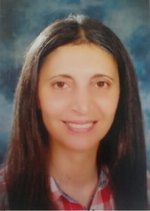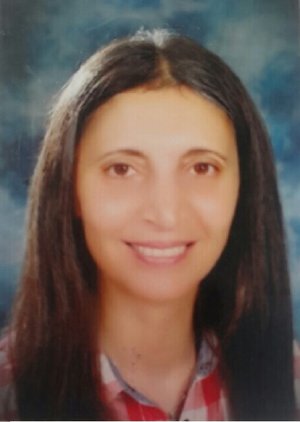سلوى خلف
- طبيعة العمل
- أكاديمي
- المهنة
- استاذ مساعد
- البريد الإلكتروني
- [email protected]
- هاتف المكتب
- (+970) 9 2345113 Ext. 2382


سلوى خلف
- طبيعة العمل
- أكاديمي
- المهنة
- استاذ مساعد
- البريد الإلكتروني
- [email protected]
- هاتف المكتب
- (+970) 9 2345113 Ext. 2382
Genaral biology for health sciences - 7104101
- Course Title
- Genaral biology for health sciences
- Course Number
- 7104101
- Instructor Name
- سلوى خلف
- Contact Information
- [email protected]
- Semester(s) and academic year(s)
- Second Semester -1
- Compulsory / Elective
- Compulsory
Course Description
A discussion of biology activity at the level of the single cell. Cell structure. Chemical constituents, material exchanges with the environment and the cell membrane. Major energy-generating biochemical pathways. Photosynthesis and control of cellular activities
Course Objectives
Intended learning Outcomes and Competences
-
-
- Explain the origin of modern biology briefly as a discipline and its three main strands of cytology, biochemistry, and genetics.
- Distinguish between the techniques that are used in cell visualization, the microscope and other methods in modern biology.
- Understand basic chemistry concepts that are important in understanding biology concepts.
- Identify the structure and function of the four major macromolecules (i.e., carbohydrates, proteins, lipids, nucleic acids).
- Investigate the structure and function of cells and cell parts.
- Explore the nature of enzymes, their catalytic and kinetic properties and factors that affect their activities.
- Explore the essential processes including energy transformation, cellular respiration, cell communication, and signal transduction.
- Describe how the transport of materials in and out of cells enables cells to maintain homeostasis (i.e., osmosis, diffusion, active transport).
-
9. Identify the mechanics of mitosis, meiosis and binary fission and explain the significance of each of them.
-
- 1. Compare and contrast the structure & function of prokaryotic and eukaryotic cells.
- 2. Compare sexual and asexual reproduction.
Use reasoning as they apply biology concepts to their lives.
-
-
- Search Internet.
- Learn independently.
- Work cooperatively with a team.
-
Communicate efficiently using science language and reasoning.
Textbook and References
Urry, L A, Cain, M L, Wasserman, S A, Minorsky, P V, and Orr, R B (2020). Campbell Biology, 12th ed, New York: Pearson.
Assessment Criteria
| Activity | Percent (%) |
|---|---|
| Midterm | 25% |
| Activity | 25% |
| Final | 50% |